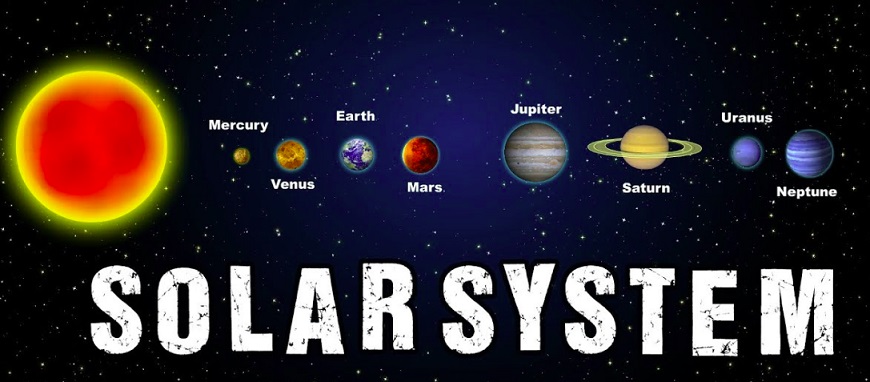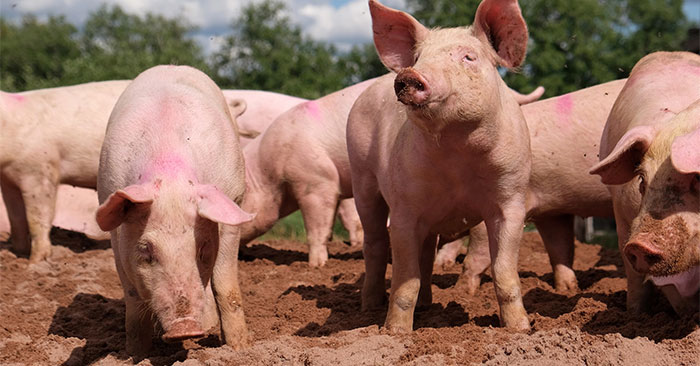Meet the Planets: An Introduction to Our Solar System's Eight Planets
But as we focus our gaze a little closer, we find a collection of objects that share something vital with our planet Earth: they, too, revolve around the sun.
In this guide, we'll meet the eight planets of our solar system: Mercury, Venus, Earth, Mars, Jupiter, Saturn, Uranus, and Neptune. We'll discover the physical characteristics of each world and how they shape their place in the cosmos.
Excited to learn more? Check out this solar system video from Generation Genius!

1. Mercury: The Smallest and Closest to the Sun
Despite being the smallest, it packs a lot of heat with surface temperatures that can reach over 800 degrees Fahrenheit. It has a rocky, cratered surface with very little atmosphere, giving it a visual similar to the moon. Since it's so close to the Sun, it only takes 88 Earth days for Mercury to complete one orbit around it. And get this: it's the only planet in our solar system that doesn't have any moons orbiting around it.
2. Venus: The Brightest Planet in the Sky
Venus, the second planet from the Sun, is also known as the brightest planet in the sky. If you happen to step outside on a clear night, you might notice a very bright white light in the sky - that could very well be Venus. It's also sometimes referred to as the "morning star" or "evening star," depending on whether it's visible before sunrise or after sunset. Venus is similar in size to Earth, and is often called Earth's "sister planet," which makes sense since Venus and Earth are relatively close to each other in distance and their compositions are similar. One thing to note, though, is that while Earth has a moderate climate and supports life, Venus is extremely hot (even hotter than Mercury, which is closer to the Sun) due to its thick atmosphere that traps heat.
3. Earth: Home Sweet Home
Earth is the perfect size, has enough gravity to hold onto our atmosphere, and is at just the right distance from the sun to provide the right amount of heat and light for life to thrive. It's also the only planet known to have liquid water on its surface, which is critical to life as we know it. With its diverse ecosystems and stunning natural scenery, it's easy to see why Earth is so important to us!
4. Mars: Our Fiery Red Neighbor
This red planet is the fourth in line from the sun and, just like Earth, it has a rocky surface. In fact, it's often referred to as the 'Red Planet' due to its rusty, reddish appearance—caused by all the iron oxide, or rust, on the planet's surface. Mars is about half the size of Earth, but the experience you'll have exploring it will be out of this world! Along with being visually stunning, Mars is also home to some pretty impressive features, such as the largest volcano in the solar system, Olympus Mons.
5. Jupiter: The Giant of Our Solar System
Jupiter is the fifth planet from the sun and the largest planet in our system. It's so big that it's actually larger than all the other planets in our solar system combined! With a diameter of 86,881 miles, Jupiter is 11 times wider than Earth, and its immense size gives it a strong gravitational pull, which affects the orbit of other planets in our solar system. In fact, Jupiter's pull is so strong that it acts as a shield, sweeping away any debris that would otherwise enter the inner solar system and potentially crash into Earth or other planets.
6. Saturn: Its Famous Rings and Moons
Saturn is one fascinating planet that everyone should get to know. What makes it remarkable is its famous rings, which are easily visible even from a small telescope. These rings, which were first seen by Galileo in 1610, are made up of ice and debris, giving Saturn its unique and stunning appearance. But that's not all, Saturn is also known for its many moons—82 in total! Titan, the largest moon, is even larger than the planet Mercury. Enceladus, another one of Saturn's moons, has geysers that spew ice particles and water vapor into space. The Cassini spacecraft spent over a decade studying Saturn and its moons and provided us with a wealth of information about this fascinating planet. With its rings and plethora of moons, Saturn is truly a wonder of our solar system.
7. Uranus: The Tilted Giant
While the other planets in our solar system orbit on a plane that's relatively flat, Uranus is tilted on its side. That means its axis points almost directly at the sun and it spins like a top, unlike any other planet. This also has some interesting effects on Uranus' seasons. Each pole of the planet experiences 21 years of continuous daylight, followed by 21 years of continuous darkness. And since Uranus is so far away from the sun, it's one of the coldest planets in our solar system, with an average temperature of -353 degrees Fahrenheit (-214 Celsius).
8. Neptune: The Blue Beauty
Neptune is the eighth and farthest planet from the sun, and it's named after the Roman god of the sea. With its bright blue color, Neptune is a stunning sight to behold. It's an ice giant, with a diameter four times that of Earth, and it's the fourth largest planet in our solar system. Neptune has an incredible weather system that includes white clouds, dark spots, and even a few stormy hurricanes. The planet's atmosphere is primarily made up of hydrogen, helium, and methane, which gives it a blue tint.
In conclusion, understanding the characteristics and behaviors of the eight planets of our solar system provides an important foundation for the study of astronomy. Each planet has its own unique story, range of temperatures, atmosphere, and geological features. By continuing to explore and study these diverse celestial bodies, we can better understand the origins of our universe and our place within it.
You should read it
- What happens if the plane takes off on 8 planets in the solar system?
- If 'stray' to any planet in the solar system, what is your chance of survival?
- NASA declares the existence of the 9th planet in our Solar System
- How long does one day on the solar system planets last?
- Space Science: The order of 8 (or 9) planets in the Solar System
- Maybe the Solar System 2.0 is not the 'cradle of nurturing life' as NASA hopes
- How big is the solar system?
- Explore the moon and extremely detailed planets with new features on Google Maps
- If people 'occupy' the Sun 2.0 system, how different is life there from Earth?
- How to view planets in the Solar System with Google Maps in just a few clicks
- Is the 9th planet in the solar system 10 times the size of Earth?
- Future prospects when people own the solar system
May be interested

Scalloped Snail: The only animal on earth that is literally 'armored'

Why do lizards spit blood from their eyes?

Why are pigs the nemesis of snakes?

Growing Feminized Seeds Indoors vs. Outdoors: What You Need to Know

Top 10 longest rivers in the world today

The Science of Probability: Understanding the Odds in Everyday Life






 What happens if the plane takes off on 8 planets in the solar system?
What happens if the plane takes off on 8 planets in the solar system? If 'stray' to any planet in the solar system, what is your chance of survival?
If 'stray' to any planet in the solar system, what is your chance of survival? NASA declares the existence of the 9th planet in our Solar System
NASA declares the existence of the 9th planet in our Solar System Interesting discovery of strange planets outside the solar system
Interesting discovery of strange planets outside the solar system How long does one day on the solar system planets last?
How long does one day on the solar system planets last? Space Science: The order of 8 (or 9) planets in the Solar System
Space Science: The order of 8 (or 9) planets in the Solar System